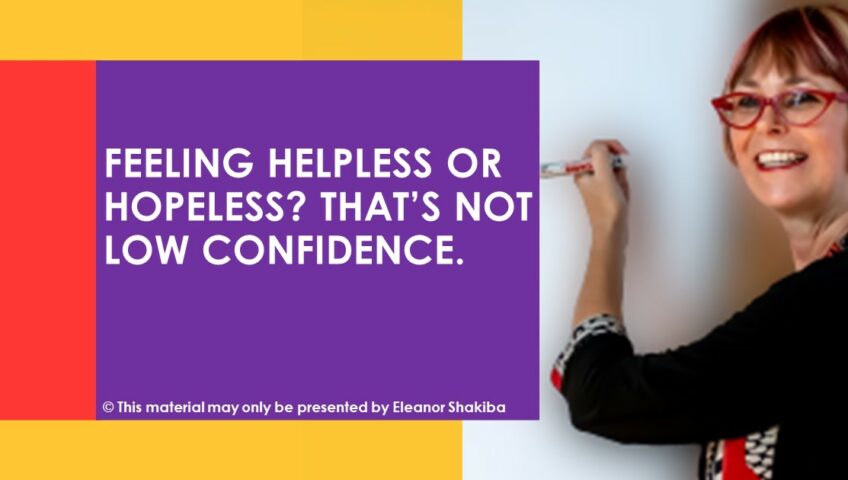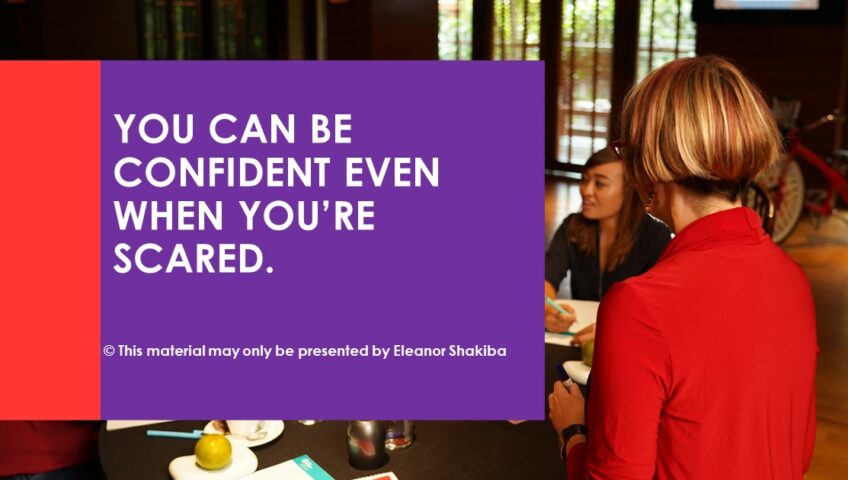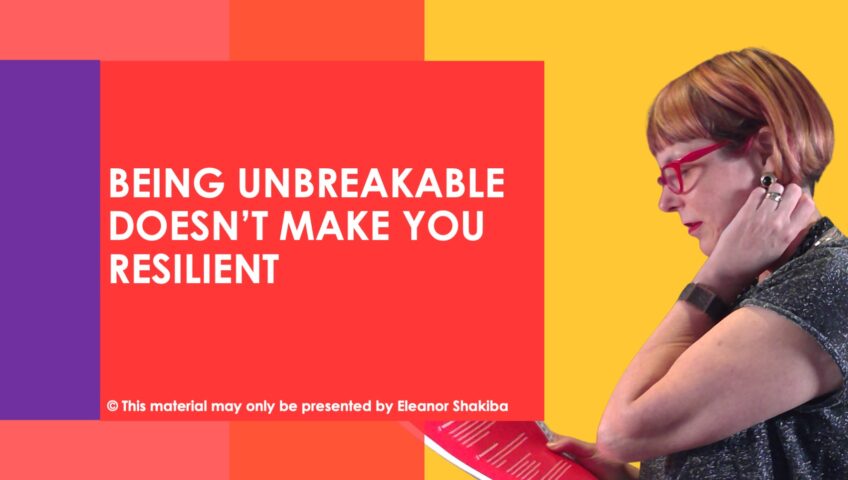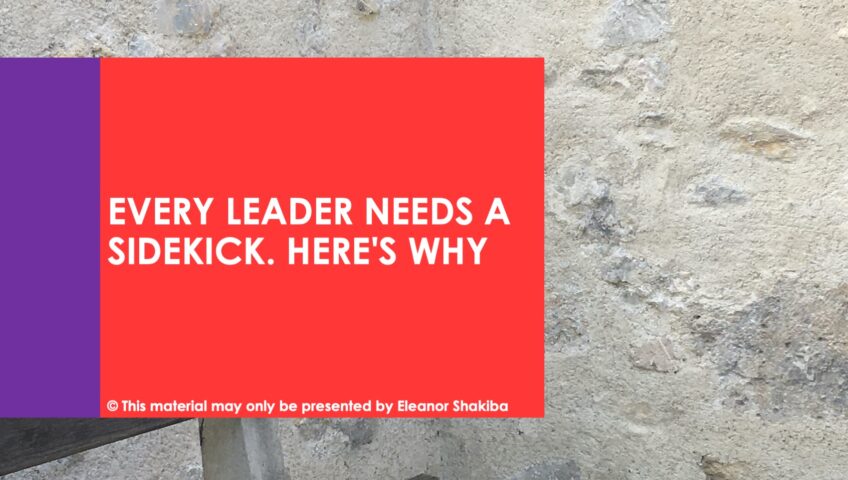Climbing to the top of the corporate ladder is often lonely, but it doesn’t need to be. High-achieving individuals frequently experience loneliness even when surrounded by others. The way you regulate emotions may be to blame. The latest studies show emotional regulation influences feelings of loneliness.
Being a leader doesn’t need to lead to loneliness. You just need to get to the bottom of the issue. According to research published in Psychology Today, loneliness is often related to how you regulate emotions. Individuals who struggle to accept their emotions struggle to maintain relationships. This can severely impact your personal and professional life.
The studies showed that people who hide their feelings experience higher levels of loneliness. Hiding emotions is a form of expressive suppression. It forces you to avoid social contact. You shut yourself off even further from those around you. Other common emotion regulation strategies include self-blame, rumination, and blaming others.
Self-blame is a toxic form of emotional abuse. It often involves blaming yourself for things that you can’t control. Blaming yourself for things that are out of your control limits your growth. It keeps you from trying new things, as you fear repeating the same mistakes.
Rumination can exacerbate your negative thoughts. Instead of moving forward, you continuously repeat the same events in your head. You replay experiences while continually beating yourself up for perceived shortcomings. A habit of rumination impairs your thinking. It also limits your ability to process emotions.
Some individuals also choose to blame others for their inner turmoil. You may feel that your setbacks were due to others instead of accepting responsibility for your part. The better option is to accept that the past is the past and no thoughts will change it. You can read more about the connection between loneliness and emotional regulation here.
Your emotion regulation strategies may be keeping you from connecting with others. Connecting with your own emotions is the solution. NLP can help you get there by boosting your mental stamina. Positive psychology and NLP techniques can change your negative thinking habits. You’ll experience improved self-awareness, empathy, motivation, and social skills by changing how you regulate emotions.
For example, NLP anchoring can assist with self-regulation and increase your resilience. With practice, you can use NLP anchors to instantly recognise and alter your emotions. It gives you more control over emotions that tend to get in the way of success. You can cope with fear, anxiety, low self-worth, and negative thoughts. NLP submodalities are useful for gaining greater self-awareness. Certain methods can be used to gain a better understanding of how your brain works. You can understand your moods and mental states, along with the triggers for different states.
Paying attention to your emotions may be the key to growing your support circle. NLP offers a way to align your mind and body and regain control of your thoughts. You’ll also benefit from the boost of resiliency provided by better emotional regulation. Learn more. View my one-to-one coaching services and online courses at https://thinklearnsucceed.com.au/







